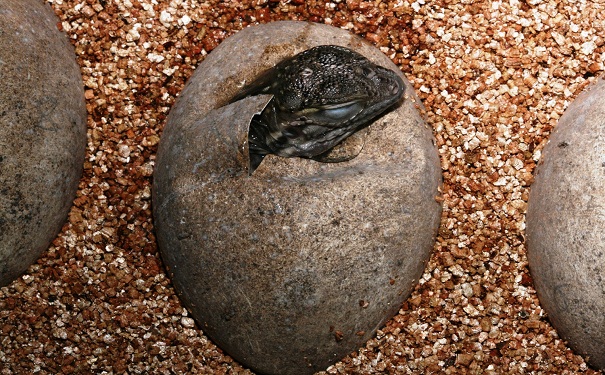| Male |
Location/Description
Today's blog is on the Fiji Island Banded iguana, The name is a dead giveaway on where they can be found this iguana lives in Fiji and is a rare sight to see they range in color from light blues to greens. They can grow to be 12 inches long/1 foot long they have a stripe-like pattern on their backs that are pale white the males are green colored and the females are green and they both have red eyes. They are endangered this explains why they are such a rare sight and why there is not much information on them
Habitat/Diet
 |
| Tagimoucia flowers in Fiji |
 |
| Durauta Erecta |
 |
| Dilo Tree berries |
If you need more information on this iguana use the links below I hope you reader enjoyed this blog post if you did then leave a comment.
Websites
Brachylophus bulabula (Central Fijian Banded Iguana, Fijian Banded ...
Videos

